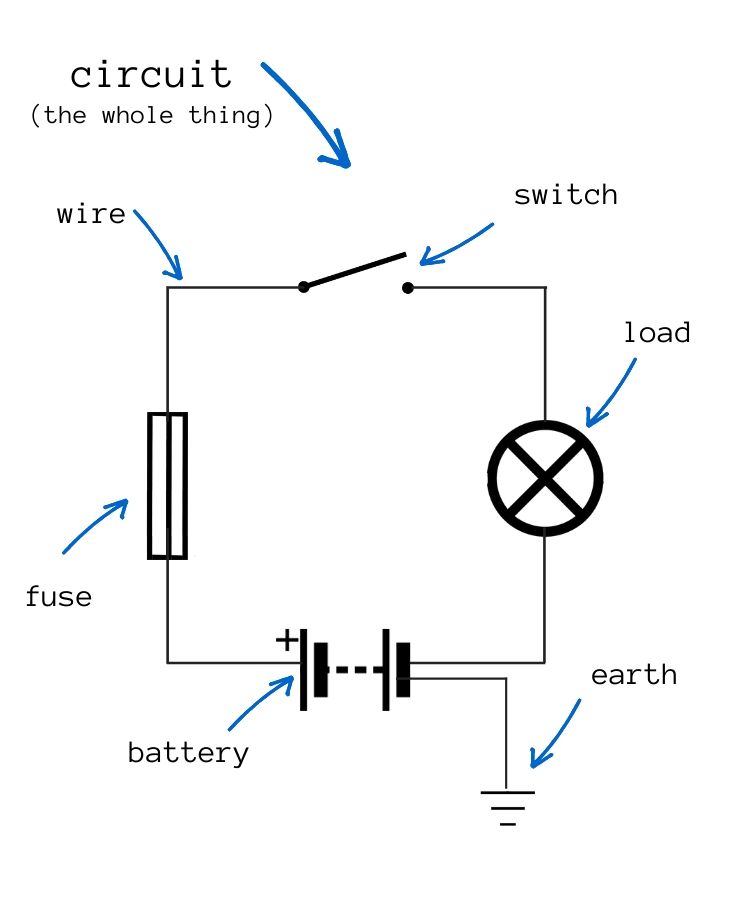A Comprehensive Guide to Basic Residential Wiring
The wiring of your home is one of the most critical aspects of owning a house. While it can seem like an intimidating task, understanding the basics of residential wiring and knowing what to look for can help you make the best decisions when it comes to the electrical installation in your home. This comprehensive guide to basic residential wiring will cover all the essentials of modern residential wiring, from planning your layout to choosing the right electrical components.
Regardless of the size or scope of the project, making sure that your wiring job is done correctly is paramount to the safety and functionality of your home. We'll break down the entire process into several easier-to-understand steps, from getting the proper permits to making sure you understand all the applicable codes. With this guide in hand, you should feel better equipped to handle any residential wiring project.
Gathering the Necessary Planning Materials
Before beginning any wiring project, properly gathering the necessary materials is essential. This includes researching local building regulations and codes, obtaining necessary permits and licenses, and, if necessary, calling in an electrician to take care of any more complex jobs. Knowing what materials you need before starting the job can make your wiring project much smoother, and save you time and energy in the long run.
Making the Right Connections
Once all of the necessary planning has been taken care of, it's time to start making the connections. Starting from the main electrical panel, wire runs are usually run to each individual outlet and switch, with appropriate fusing and grounding. Making sure that each connection is tight and secure is essential to ensuring a safe and functional wiring job. Understanding which voltage and amperage ratings you need for each type of connection is also important - for instance, outlets often require specific rating for appliances such as refrigerators or microwaves.
Choosing the Right Wiring Components
Selecting the right components for your wiring project is perhaps one of the most important steps in the entire process. Poorly chosen components can mean problems down the line, and can lead to potentially hazardous conditions in your home. Ensure that all of your wires, switches, and outlets are rated for the correct voltage, amperage, and temperature, and that they are properly insulated and grounded. High-quality components will be well worth the price - in the long run, it can save you a lot of time and headaches.
Installing Electrical Fixtures and Outlets
Once you have all of your components and wiring plans ready and sorted, it's time to start actually installing the outlets, switches, and fixtures. For simple fixtures and outlets, the job is relatively straightforward - just make sure all of the connections are tight and secure. For more complex electrical installations, however, it can be beneficial to call in a professional to make sure the job is done correctly.
Inspecting Your Work
Before turning on the power, it's important to make sure that your work is free of any defects or inconsistencies. Inspect each connection carefully for any loose wires, frayed insulation, or incorrect wiring; double-check your calculations to make sure you have not made any mistakes; and ensure that all connections are secure and insulated. Paying attention to detail can help ensure that your wiring project is done safely and correctly.
Safety Tips for Working with Electricity
No matter how experienced you are, electricity is always dangerous and should be treated with respect. Whenever working with electricity, make sure to turn off the power to the area by using the circuit breaker before beginning the job. Wear rubber-soled shoes, and keep tools and supplies away from exposed wiring. Make sure to double-check your work to minimize the risk of electric shock, and, if you are unsure, call in a qualified electrician to make sure the job is done properly.
By following these basic steps, you can help ensure that your wiring project is completed safely and correctly. With the right knowledge and materials, understanding the basics of residential wiring is achievable for even the most novice handyman. We hope that this comprehensive guide has helped give you a better understanding of the basics of residential wiring.
/common-types-of-electrical-wiring-1152855_hero_3219-7509629b3ade416091cd83d3e3938afb.jpg?strip=all)
6 Diffe Types Of Electrical Wire And How To Choose One

Help For Understanding Simple Home Electrical Wiring Diagrams Bright Hub Engineering

Boat Building Standards Basic Electricity Wiring Your
/electrical-wiring-1152909_hero_3222-55af500248d646a9adc653a0dba5f14c.jpg?strip=all)
All About Electrical Wiring Types Sizes Installation

Epic Guide To Van Life Electrical Solar For Diy Campervans

Electrical Circuit And Wiring Basics For Homeowners

House Wiring Diagram Of A Typical Circuit

How To Connect Electrical Wires Splices Guide For Residential Wiring And Circuits

Campervan Wiring How To Wire Your Camper Van Electrical System

Learn The Basics Of Home Electrical Wiring Installation Guide

Residential Electrical Wiring Guide For Electricians Eep

House Wiring Diagram Everything You Need To Know Edrawmax Online

Wiring Examples And Instructions

Electrical Drawings And Schematics Overview

Residential Electrical Wiring Guide Quick Diagrams Codes And Symbols By Larry Angell

Free House Wiring Diagram Softe Edrawmax Online

Wiring Diagram A Comprehensive Guide Edrawmax Online

Wiring Diagram Everything You Need To Know About

Black Decker Complete Guide To The Wiring Updated 7th Edition Cur With 2017 2020 Electrical Codesvolume 7 Paperback Com
